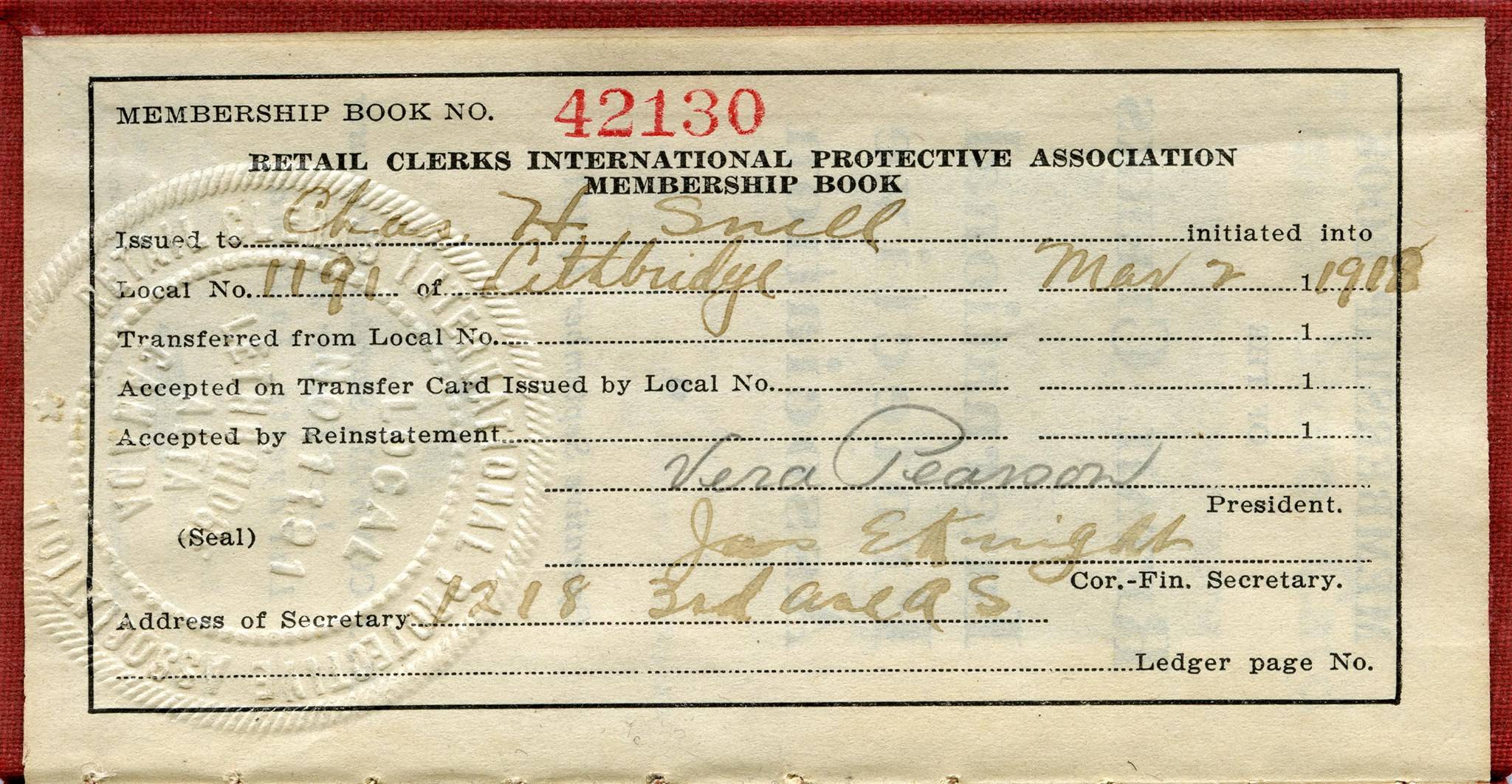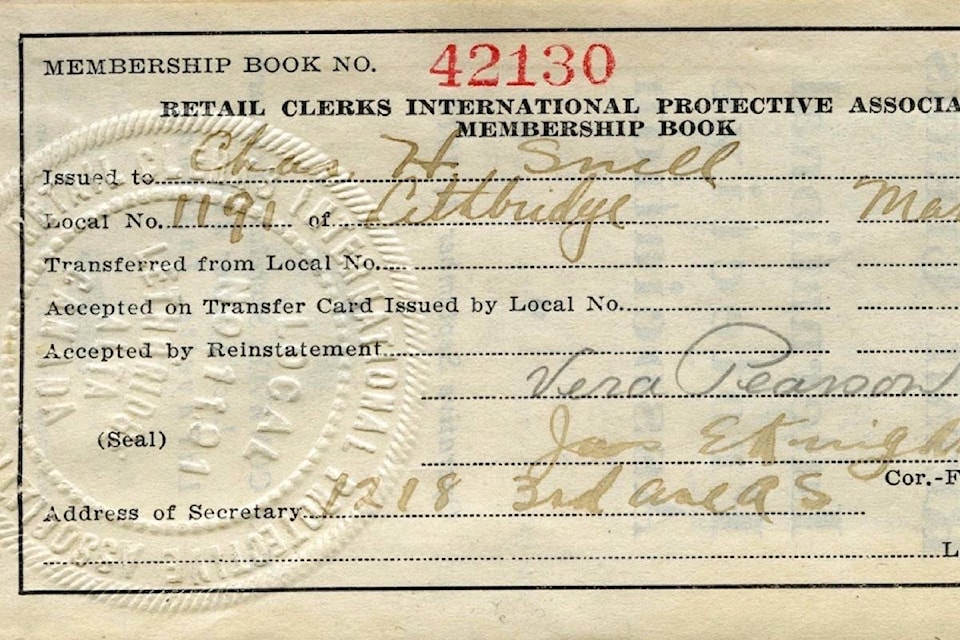Today is May Day – the first day of May.
It is the traditional start of spring in many parts of the Northern Hemisphere. It is a time for the celebration of new growth and renewal.
May Day festivities go back many centuries. In medieval England, two of the key events of the day consisted of the crowning of the May Queen and having people (usually young women and girls dressed in white) dance around a maypole, while encircling it with colourful ribbons.
In Gaelic regions such as Scotland and Ireland, the night before May Day was the focus of the celebrations. Known as Beltaine, large bonfires were lit as part of the festivities. In some areas, a large wooden effigy, known as the wicker man, was burned during the ceremonies.
Additional significance to May Day came in 1707. That was the date that the Act of Union came into force creating the United Kingdom of Great Britain.
In early central Alberta, there was a strong British influence, largely because Canada was still a colony of Great Britain. Another factor was that many of the early settlers, or their preceding generation, came from England and Scotland.
Hence, for many years, a maypole was erected on May Day (or another convenient day in early May), in Red Deer’s City Square (City Hall Park).
Young women, with garlands and bouquets of fresh flowers, danced around the maypole as they wrapped it with large colourful ribbons.
Frequently, local schools organized May Day festivities. Sometimes, these were combined with Empire Day, the school day preceding the May 24 holiday (Queen Victoria’s birthday, hence the traditional term, Victoria Day).
It was another way to celebrate Canada’s place as a major dominion in the British Empire.
For a few years, the Red Deer Horticultural Society used May 1, or a day shortly thereafter, as the annual cleanup day.
City council showed its support for the community event by declaring a half-day municipal holiday. People were encouraged to clean up the remains of winter and the general debris now visible after the snow had finally melted away.
In many parts of the world, May Day is also a celebration of labour. Early central Alberta, with its largely agriculture-based economy, did not have much in the way of organized labour unions.
One major exception were the unions connected with the railroads, particularly the CPR. However, there is no local historical record of labour-focused May Day activities.
One period, however, when Red Deer experienced widespread labour unrest, occurred 100 years ago in the aftermath of the First World War.
The economy had been shattered by the war. The worst inflation ever experienced in Canada came in the months following the armistice in November 1918. Moreover, the horrors and terrible sacrifices experienced during the war caused many to question the traditional ways of doing things.
A real catalyst for unrest and protest came with the start of the great Winnipeg General Strike on May 15, 1919. Tens of thousands of workers joined in the strike. There was a great deal of sympathy across Western Canada for the aims and grievances of the Winnipeg strikers.
On May 28, 1919, the local CPR workers started a sympathy strike in Red Deer.
The Winnipeg General Strike came to an end in late June 1919, after a bloody confrontation on June 21, now known as Bloody Saturday.
However, labour unrest continued. In January 1920, the staff at the Red Deer Soldiers’ Sanatorium on the East Hill went on a wildcat strike over the discharge of a fellow employee.
A few weeks later, retail employees in Red Deer organized a local of the Retail Employees Protective Association. Their aim was to try and secure better wages and working conditions.
Unfortunately, they had limited success. A very harsh economic depression set in and local organized labour activity came to an end.
Red Deer historian Michael Dawe’s column appears Wednesdays.

